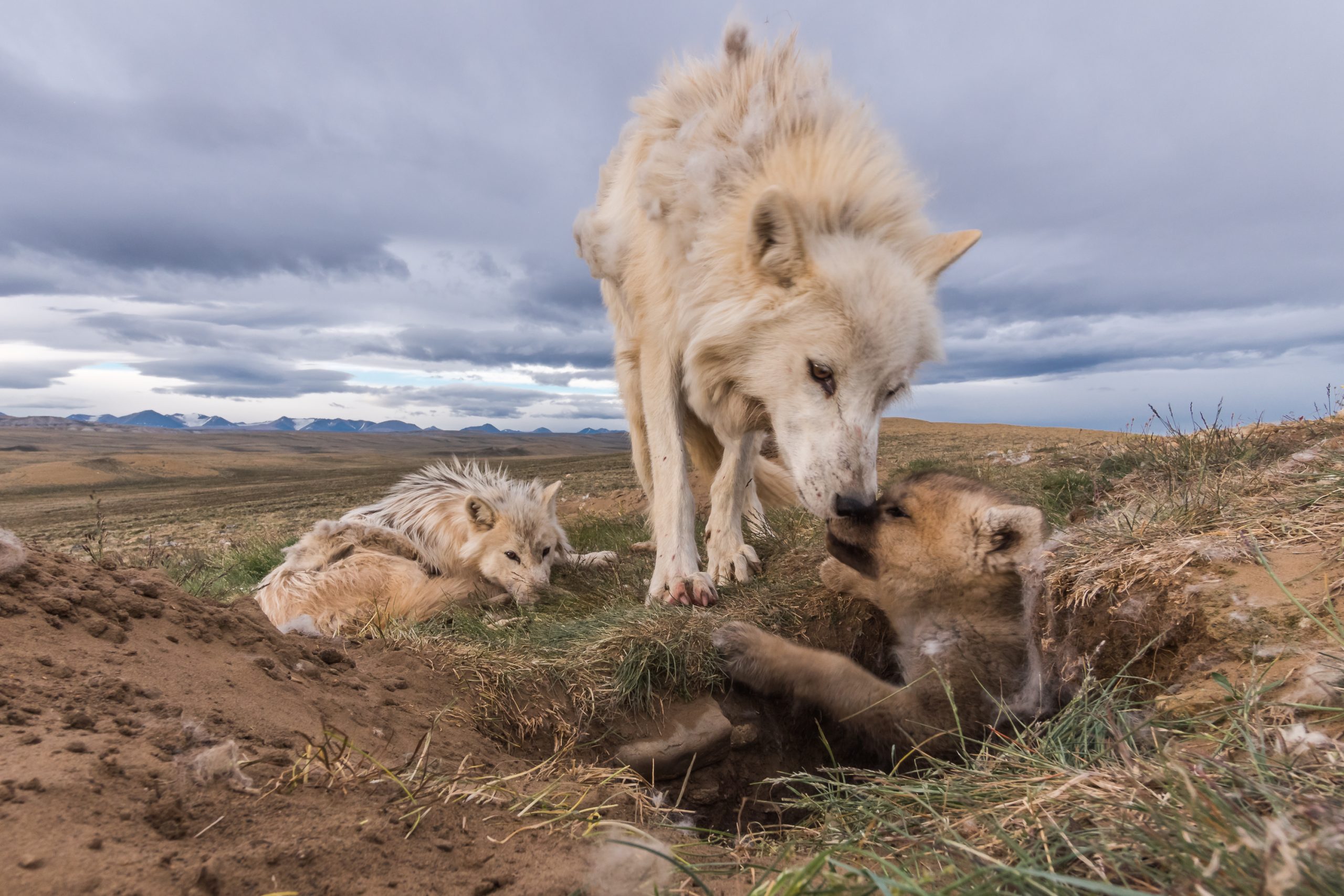There’s a lot that separates us from the animal kingdom, especially in these days of cellphones, mass transit and indoor heating. All of our accomplishments as the human race, however, are thanks to a very basic element that we share with other mammals: we are social by nature. Whether it’s our ability to build relationships, communicate or adapt to changing environments, these capabilities are just some of the similarities we share with other mammals. Join us on November 10, 2022 as National Geographic photographer and wildlife biologist Ronan Donavan explores the idea that the abilities we often think define us as humans are the same abilities that we share with animals like chimpanzees and wolves, connecting us all as social animals.
So what does it mean to be a social animal? “My definition of a social mammal means working together in a group to achieve together what cannot be achieved alone,” says Donovan. “The human animal evolved to live in family groups in order to control food resources and to keep safe, like our wild counterparts—chimpanzees. What I find fascinating are the behaviors that have sprung out of the communal living in humans and animals; culture, language, tool use—to name a few.”
One of the similarities when it comes to communal living is how we raise our young. “From wolves to chimps to gorillas to humans—every single member of the group plays a role in some way to raising the next generation. Whether it’s providing safety, nourishment, playtime, social norms, or life lessons—each individual within a group plays a role that shapes the community as a whole.”
To illustrate this lesson, Donovan will speak on his experiences capturing stunning wildlife photos. One would think that this would be a dangerous career path, especially when confronted with a pack of wolves, but it’s the quiet moments that Donovan finds the most transformative. “One of the most memorable experiences photographing wildlife—that isn’t likely what most people expect—is when the family of wolves or chimpanzees or mountain gorillas gather together and fall asleep. While this sounds uneventful to most people, there is an incredible amount of calculated trust that goes into an animal accepting the presence of a human while their family is asleep. Photographically, we are often drawn to the loudest images—those with action and fast movement frozen in a still frame—but for much of their lives, animals live quietly, peacefully in between the moments of intense action.”
Audiences can expect to see the beauty of these moments and how those quiet moments are integral to our own lives while also learning about our relationship with the environment.
“We are deeply connected to our fellow social mammals,” says Donovan. “Both in our shared behaviors and family structures, but also inextricably linked together in terms of our shared resources. Without wolves and chimps and mountain gorillas, humans are at risk of losing the healthy land base that has nourished us all for thousands of years. We’d lose connection to our wild selves and we’d lose an important reference point towards what a healthy community needs to thrive. Social mammals provide context and can help us move towards a more sustainable future.”
Come explore what it means to be a social animal in your everyday life with National Geographic Live: Social by Nature on November 10, 2022. Tickets start at $15 and are available at LCtix.com.
